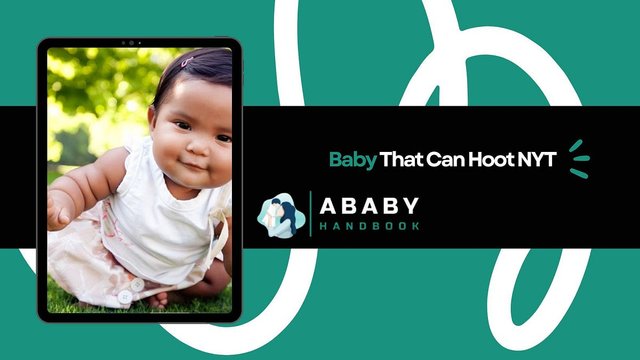Everything You Need To Know About Baby That Can Hoot NYT
Babies are full of delightful surprises, and one of the cutest moments is when a baby learns to mimic sounds—sometimes even unexpected ones, like a hoot! A baby that can “hoot” or make similar sounds often draws laughs and fascination from parents and caregivers. But did you know that these early vocalizations are a crucial part of a baby’s development? Here’s Baby That Can Hoot NYT, what it says about their development, and how you can encourage these fun vocal milestones.
- The Science of Baby Sound Imitation
Around 4 to 6 months old, babies start experimenting with their voices, trying out coos, giggles, and squeals. Imitating sounds like hoots, growls, or blowing raspberries is a natural part of how they learn to control their vocal cords and understand the range of sounds they can make. Making new and unexpected sounds helps babies connect with their caregivers and begin forming their first steps toward language development.
Babies are naturally drawn to fun, repetitive sounds they hear around them—whether it’s a parent’s laugh, a barking dog, or the sound of an owl in a bedtime story. Mimicking these sounds helps babies experiment with pitch, volume, and control, making sound imitation a fascinating blend of play and learning.
- Why Babies Love to “Hoot”
Babies tend to repeat sounds that grab attention, and hooting sounds are particularly engaging because they’re unusual and often make adults smile or laugh. Hoots are also easier to make because they don’t require complex lip movements or tongue coordination, making them a perfect sound for little ones to experiment with. These joyful sounds aren’t just cute; they also give babies a sense of accomplishment when they get a reaction from parents or siblings.
- The Connection to Speech Development
Imitating sounds is a critical step in a baby’s journey toward speaking. When babies make sounds like hoots, squeals, or giggles, they’re beginning to understand the rhythm and melody of language. Each new sound they master builds their confidence and prepares them for more complex vocalizations, like babbling, which typically begins around 6 to 9 months.
Sound imitation also teaches babies about social interaction and the impact of communication. Babies quickly learn that certain sounds lead to smiles and interactions, helping them connect vocalization with social feedback—a key element in language learning.
- Encouraging Sound Exploration at Home
Parents and caregivers can encourage babies to experiment with sounds through playful interactions. Here are some tips to help your little one explore their vocal range:
Mimic Their Sounds: When your baby hoots, try hooting back! This encourages them to continue vocalizing and helps them feel connected to you.
Use Animal Sounds: Babies love animal sounds like “moo,” “baa,” or “hoot.” Introducing these sounds while reading or playing can inspire them to try out new noises.
Create a Sound Environment: Use musical toys, rattles, or even your own voice to expose babies to a range of sounds. Babies love novelty, so the more varied sounds they hear, the more likely they’ll be to experiment with their own Baby That Can Hoot NYT.
- When Should You Expect Baby’s First Words?
Although it’s adorable to hear a baby hoot, babble, and squeal, it usually takes until around 12 months for babies to form recognizable words like “mama” or “dada.” Imitating sounds like hoots and animal noises is a foundational step that supports this milestone. By the time babies start forming words, they’ll have developed greater vocal control and learned how to shape sounds to convey meaning.
Final Thoughts
A baby that can “hoot” isn’t just amusing—it’s showing off important developmental skills in sound imitation and early speech formation. These early vocalizations are building blocks for language and communication, helping babies learn how their voices work and preparing them for future conversations. So the next time you hear a little hoot, celebrate! It’s a sign of progress and a fun way for babies to connect with the world around them.
